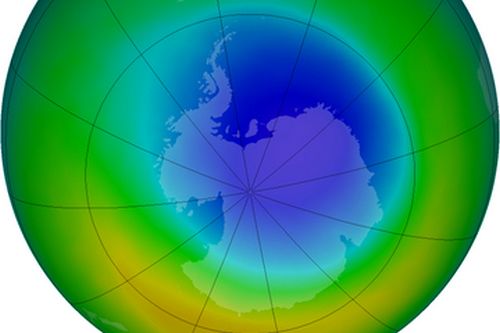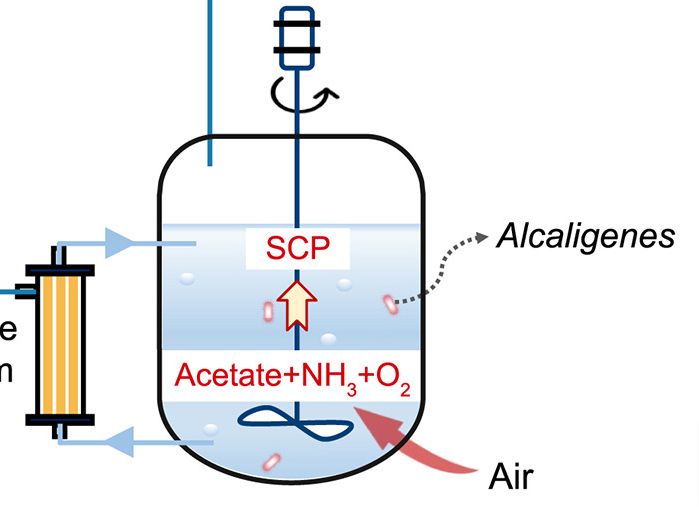The ozone layer present in the stratosphere region of the earth, serve as a screen against the harmful ultraviolet B radiation that are emitted by the sun. The UV B radiations are extremely harmful for animals and causes skin cancers and cataract in humans. These radiations, also retard the reproductive cycle of shrimps, crabs and majorly, phytoplankton which in turn will affect the population of creatures dependent on the phytoplankton.
Pollutants containing mainly fluorine and bromine molecule are responsible for the depletion of the ozone layer. One such major hole in the ozone layer was found above the Antarctica and after which chlorofluorocarbons (CFCs) chemicals were banned under an international treaty known as the Montreal Protocol in the year 1989. Chlorofluorocarbons (CFCs) were used in in refrigerators, aerosols and air conditioners and were found to react with highly reactive molecules of ozone and thus causing a hole in the ozone layer protecting the earth.
The treaty predicted the recovery of the ozone layer above the Antarctica by the year 2050, by completely slashing down the emission of such ozone destroyers. But the process seems to be progressing much slowly than predicted. The researchers from the University of East Anglia says that the process has been slowed down due to the presence of four new ozone destroying chemicals that are man made, in the Earth’s upper atmosphere.
The Loophole
The Montreal Protocol that banned the production or use of CFC’s in 2010, has certain loopholes that still allow a small quantity of these chemicals to be used in the manufacturing of certain products as insecticides and solvents to clean electronic devises. The small quantities were earlier believed to be insignificant and does not posses any major danger for the ozone layer. But the researchers on calculating have found 74,000 metric tons of three unknown CFC’s and one known HCFC compound (hydrochlorofluorocarbon which replaced CFC) has already been discharged into the atmosphere. And the report presented by the researcher team blames these four new chemicals the reason that is delaying the recovery of the ozone hole.
According to the Johannes Laube, co-author of the study, these chemicals as of now does not posses any major threat to the ozone layer. But the emissions of two chemicals have alarmingly increased in recent times and within a decade can result in major ozone layer loss, if not controlled now.
The Research
The researchers concluded and calculated the amount of the chemicals by comparing the samples of modern air with the samples of old air trapped in the snow of Greenland (also known as firn snow). They discovered that the air samples from the snow that were dated back to 1960s and before, did not contain any of the new chemicals. This clearly indicates that these are man made chemicals and were completely absent before the 1960s.
They even studied the unpolluted samples of air from the Tasmania region between 1978 to 2012. The team is also engaged in collecting samples of air around the world in every five years, using commercial air flights.
The researchers are still figuring out the reason of newly detected chemicals as, whether they are the result of the loopholes in the Montreal Protocol or the result of illegal production of the chemicals by certain industries. Laube and the research team, are trying to track the sources of these emissions by thorough analyzing every possible source and to tighten the Montreal Protocol so that the loose ends and loopholes are eliminated.
These chemicals are also known to trap heat that is capable of warming the earth thousand times more intensely than the CO2. Therefore the need of the hour is to pinpoint the source of these chemicals, which might be generated as a by-product while manufacturing any other chemicals and put a ban to cut off any trace of these chemicals from being generated directly or indirectly.




